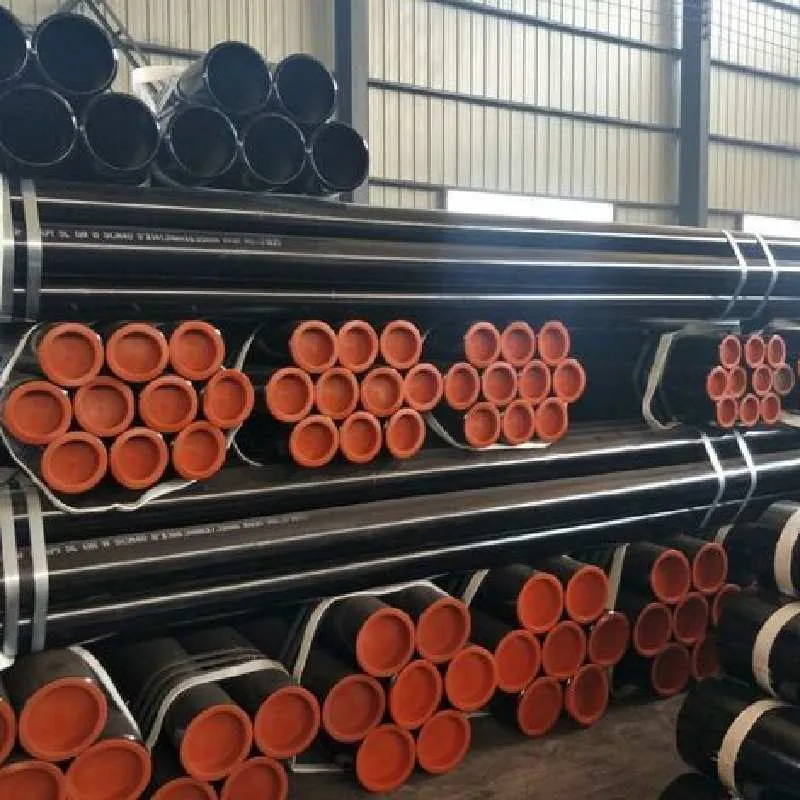-
Cangzhou Yulong Steel Co., Ltd.
-
Phone:
+86 13303177267 -
Email:
admin@ylsteelfittings.com
- English
- Arabic
- Italian
- Spanish
- Portuguese
- German
- kazakh
- Persian
- Greek
- French
- Russian
- Polish
- Thai
- Indonesian
- Vietnamese
- Zulu
- Korean
- Uzbek
- Hindi
- Serbian
- Malay
- Ukrainian
- Gujarati
- Haitian Creole
- hausa
- hawaiian
- Hebrew
- Miao
- Hungarian
- Icelandic
- igbo
- irish
- Japanese
- Javanese
- Kannada
- Khmer
- Rwandese
- Afrikaans
- Albanian
- Amharic
- Armenian
- Azerbaijani
- Basque
- Belarusian
- Bengali
- Bosnian
- Bulgarian
- Catalan
- Cebuano
- China
- China (Taiwan)
- Corsican
- Croatian
- Czech
- Danish
- Esperanto
- Estonian
- Finnish
- Frisian
- Galician
- Georgian
- Kurdish
- Kyrgyz
- Lao
- Latin
- Latvian
- Lithuanian
- Luxembourgish
- Macedonian
- Malgashi
- Malayalam
- Maltese
- Maori
- Marathi
- Mongolian
- Myanmar
- Nepali
- Norwegian
- Norwegian
- Occitan
- Pashto
- Dutch
- Punjabi
- Romanian
- Samoan
- Scottish Gaelic
- Sesotho
- Shona
- Sindhi
- Sinhala
- Slovak
- Slovenian
- Somali
- Sundanese
- Swahili
- Swedish
- Tagalog
- Tajik
- Tamil
- Tatar
- Telugu
- Turkish
- Turkmen
- Urdu
- Uighur
- Welsh
- Bantu
- Yiddish
- Yoruba

Sep . 24, 2024 19:26 Back to list
Seamless Steel Pipe Sizes and Specifications for Industrial Applications
Understanding Seamless Steel Pipe Dimensions
Seamless steel pipes are a vital component in various industries, including construction, automotive, and oil and gas. Their unique manufacturing process provides several advantages, making them preferable for high-pressure applications. This article explores the dimensions of seamless steel pipes, highlighting their importance and specifications.
What is a Seamless Steel Pipe?
Seamless steel pipes are produced from a solid round steel billet, which is heated and then pushed or pulled over a form until the steel is shaped into a hollow tube. Unlike welded pipes, they do not have a seam or weld joint, allowing them to withstand higher pressures and making them more robust. This essential characteristic is significant for applications involving extreme temperatures or high-pressure environments.
Standard Dimensions
The dimensions of seamless steel pipes are crucial as they determine the pipe's suitability for specific applications. The three primary measurements for seamless pipes include diameter, wall thickness, and length.
1. Diameter The outer diameter (OD) is a critical dimension, typically measured in inches or millimeters. For seamless steel pipes, standard OD sizes can range from 1/8 inch to over 30 inches. The most commonly used diameters fall within the range of 2 to 12 inches, but special orders can accommodate larger sizes.
seamless steel pipe dimensions

2. Wall Thickness Wall thickness is another essential dimension that directly influences the pipe's strength and pressure ratings. It is commonly specified in schedules or specified by a uniform thickness measurement. Wall thickness can vary significantly, generally ranging from 0.065 inches to 0.500 inches or more, depending on the pipe's size and the intended application.
3. Length Seamless steel pipes are typically available in standard lengths of 20 feet or 40 feet, although custom lengths can be manufactured upon request. Understanding the required length is vital for project planning and can influence cost and material efficiency.
Importance of Standards
To ensure compatibility and reliability, numerous standards govern the production and measurement of seamless steel pipes. The American National Standards Institute (ANSI) and the American Society for Testing and Materials (ASTM) set guidelines for the manufacturing of these pipes, ensuring that they meet specific mechanical properties, dimensions, and tolerances.
Common standards include ASTM A106 for seamless carbon steel pipes, which outlines permissible dimensions and wall thicknesses for high-temperature service. Adhering to these standards is critical to ensuring the integrity and safety of piping systems in various applications.
Conclusion
Understanding seamless steel pipe dimensions is essential for engineers, architects, and industry professionals engaged in projects requiring piping solutions. The specific measurements of outer diameter, wall thickness, and length play a significant role in determining the pipe's suitability for various applications. Additionally, adhering to industry standards guarantees the quality and performance of seamless steel pipes, making them a trusted choice across diverse sectors. By selecting the appropriate dimensions, industries can optimize their operations, enhance safety, and ensure durability in their piping systems.
Latest news
-
ANSI 150P SS304 SO FLANGE
NewsFeb.14,2025
-
ASTM A333GR6 STEEL PIPE
NewsJan.20,2025
-
ANSI B16.5 WELDING NECK FLANGE
NewsJan.15,2026
-
ANSI B16.5 SLIP-ON FLANGE
NewsApr.19,2024
-
SABS 1123 FLANGE
NewsJan.15,2025
-
DIN86044 PLATE FLANGE
NewsApr.19,2024
-
DIN2527 BLIND FLANGE
NewsApr.12,2024
-
JIS B2311 Butt-Welding Fittings LR/SR 45°/90° /180°Seamless/Weld
NewsApr.23,2024











